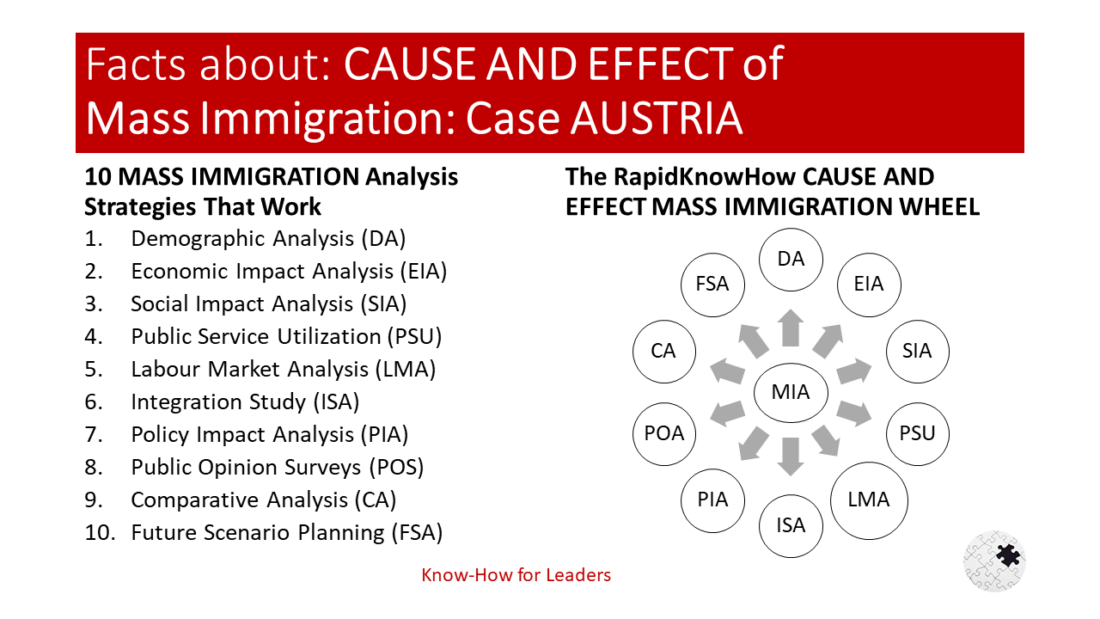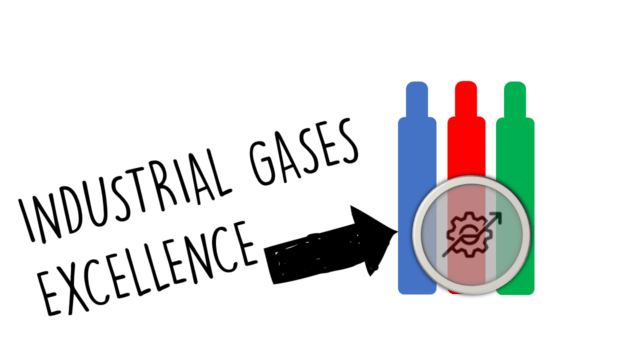Mass immigration is a global phenomenon that has significant implications for both the host and source countries. In this analysis, we will focus on Austria, a country that has experienced substantial immigration over the past few decades.
The causes of mass immigration are multifaceted and often intertwined. They can be broadly categorized into push factors (reasons for leaving the home country) and pull factors (reasons for choosing the host country).
Push factors often include economic hardship, political instability, conflict or natural disasters.
Pull factors can include better economic opportunities, political stability, social benefits or family reunification.
The effects of mass immigration are equally complex and can be both positive and negative. On the positive side, immigrants can contribute to economic growth by filling labour market gaps, paying taxes, and stimulating demand for goods and services. They can also enrich the host society culturally and socially. On the negative side, mass immigration can put pressure on public services, create competition for jobs and housing, and lead to social tensions if not well managed.
In Austria’s case, mass immigration has been driven largely by economic reasons and conflicts in neighbouring regions and continents. The effects have been mixed. While neighbouring immigrants have contributed to Austria’s economy and cultural diversity, there have also been challenges in terms of integration and social cohesion.
Another challenge is the global pull effect which attracts 100.000 of immigrants from around the world because of the policy of the ÖVP/Green government which is supported by the SPÖ.
To analyse these consequences more effectively, here are 10 strategies:
1. **Demographic Analysis:** Understand the demographic profile of immigrants – their age, gender, education level, skills etc., to assess their potential impact on the labour market and public services.
2. **Economic Impact Assessment:** Evaluate how immigrants contribute to or strain the economy through their work, consumption patterns and tax contributions.
3. **Social Impact Assessment:** Examine how mass immigration affects social cohesion, community relations and cultural dynamics.
4. **Public Service Utilization Study:** Assess how mass immigration impacts public services like healthcare, education, housing and social welfare.
5. **Labour Market Analysis:** Analyse how immigrants affect the labour market, in terms of job competition, wage levels and skill gaps.
6. **Integration Study:** Evaluate how well immigrants are integrating into Austrian society, in terms of language proficiency, educational attainment and social participation.
7. **Policy Impact Analysis:** Examine how immigration policies are affecting the flow and integration of immigrants.
8. **Public Opinion Surveys:** Gauge public sentiment towards mass immigration and its effects on Austrian society.
9. **Comparative Analysis:** Compare Austria’s experience with other countries that have similar immigration patterns to draw lessons and best practices.
10. **Future Scenario Planning:** Based on current trends and data, project future scenarios of mass immigration and its potential impacts on Austria.
In conclusion, understanding the causes and effects of mass immigration is crucial for formulating effective policies. It requires a comprehensive, multi-dimensional approach that takes into account economic, social, demographic and policy factors. By using these strategies, Austria can better manage the challenges and opportunities presented by mass immigration.




